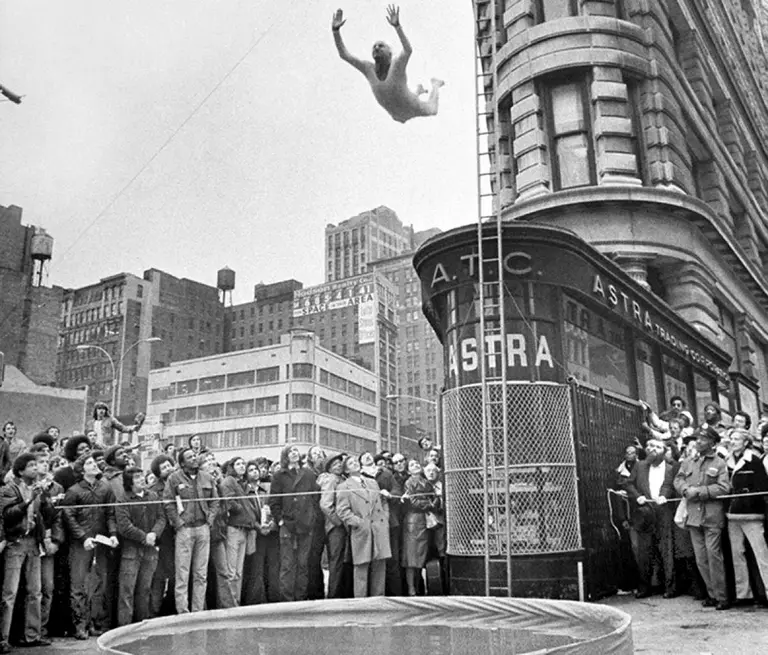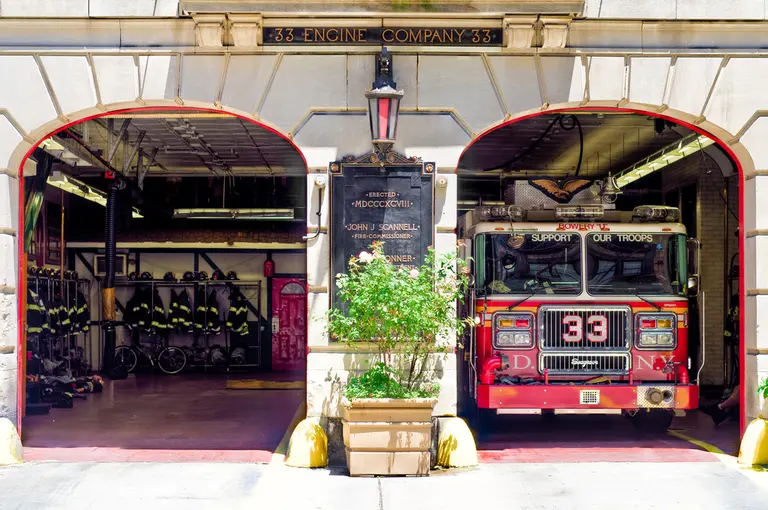May 1, 2015
Though we're living in the digital age where we can do a tremendous amount of research online, sometimes we still need the library, and more importantly, the help of an actual person. If you happen to be researching your family or interested in learning the history of a particular building in New York, then perhaps you've stopped by the reference desk at the Irma and Paul Milstein Division of United States History, Local History and Genealogy of the New York Public Library and asked librarian Philip Sutton for help.
Philip has worked in the Milstein Division for almost five years as a reference librarian. On a daily basis, he takes the journey with New Yorkers looking to learn more about their city and more often than not, to answer deeply personal questions about their families. It's a unique position to be in, and one that he takes very seriously. Originally from London, Philip has a particular expertise in helping people conduct research on building history in New York. He writes blog posts on the topic for the library and teaches a bi-monthly course aptly titled, “Who Lives in a House Like This? How to Research the History of Your New York City Home,” during which he instructs New Yorkers how to get started with their research.
We recently spoke to Philip about his role at the library, and, as expected, he was full of helpful resources.
Read our full interview here






